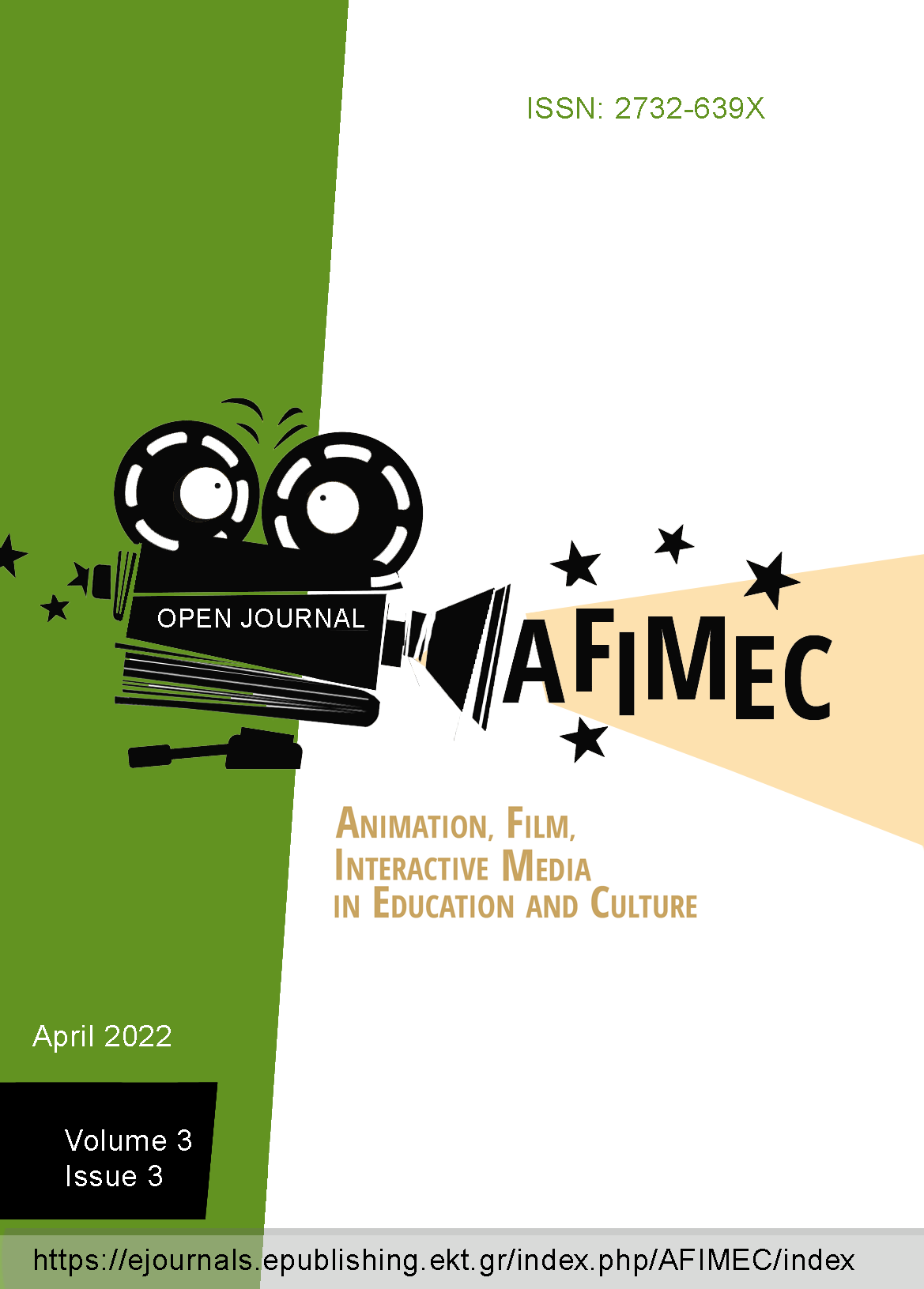Ψυχολογικές πρακτικές που εφαρμόζουν οι οργανισμοί μέσων ενημέρωσης σε οπτικοποιήσεις δεδομένων σε σχέση με το περιβάλλον

Abstract
Mass Media Communication hold a dominant position in communication and information, undoubtedly influence the opinions and perceptions of citizens. Data visualisation is a common method they often use to communicate the news. It is found to be an effective method as the appropriate structure and organization of visual elements affects the reader's perception. The purpose of the research was to examine whether the visualisations related to environmental information use theories of cognitive psychology. The method chosen is the qualitative one and was based on existing theory. Specifically, environmental visualisations from well-known news organizations were collected and based on the gestalt laws, an analysis of the practices was made. The findings of our research are that the Gestalt theory was not only used in the visualizations but also determined the overall appearance and presentation of the data. They directly influence the viewer's experience as well as their environmental information, knowledge, attitude and awareness.
Article Details
- How to Cite
-
Καλλίρη Α., & Βέγλης Α. (2022). Ψυχολογικές πρακτικές που εφαρμόζουν οι οργανισμοί μέσων ενημέρωσης σε οπτικοποιήσεις δεδομένων σε σχέση με το περιβάλλον. Open Journal of Animation, Film and Interactive Media in Education and Culture [AFIMinEC], 3(3). https://doi.org/10.12681/afiinmec.31743
- Section
- Articles
- Οι Συγγραφείς διατηρούν τα Πνευματικά Δικαιώματα και χορηγούν στο περιοδικό το δικαίωμα της πρώτης δημοσίευσης ενώ ταυτόχρονα τα πνευματικά δικαιώματα της εργασίας προστατεύονται σύμφωνα με την Creative Commons Attribution License που επιτρέπει σε τρίτους - αποδέκτες της άδειας να χρησιμοποιούν την εργασία όπως θέλουν με την προϋπόθεση της διατήρησης των διατυπώσεων που προβλέπονται στην άδεια σχετικά με την αναφορά στον αρχικό δημιουργό και την αρχική δημοσίευση σε αυτό το περιοδικό.
- Οι Συγγραφείς μπορούν να συνάπτουν ξεχωριστές, και πρόσθετες συμβάσεις και συμφωνίες για την μη αποκλειστική διανομή της εργασίας όπως δημοσιεύτηκε στο περιοδικό αυτό (π.χ. κατάθεση σε ένα ακαδημαϊκό καταθετήριο ή δημοσίευση σε ένα βιβλίο), με την προϋπόθεση της αναγνώρισης και την αναφοράς της πρώτης δημοσίευσης σε αυτό το περιοδικό.


